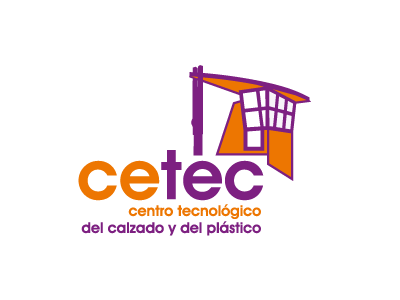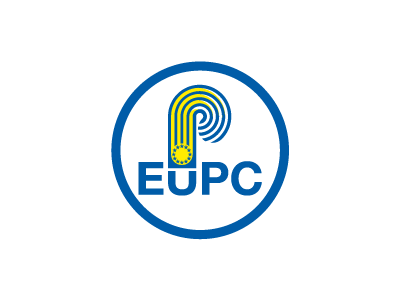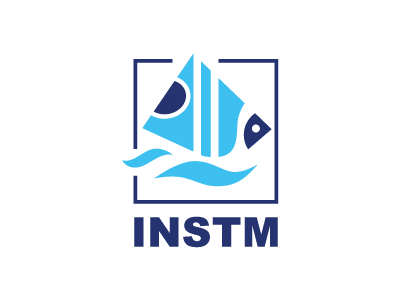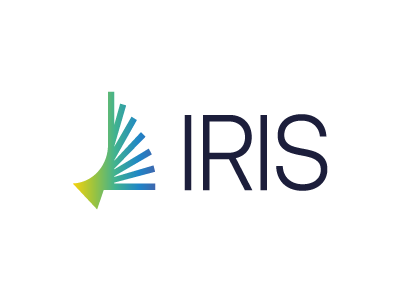Our challenges
Currently in Europe, the amount of packaging used is a sign of our throwaway society. To make matters worse it is predominantly made of plastic, which is contentious in its own right, considering it is a material that is typically only used once. Near to 390 million metric tons of plastic are produced annually worldwide (15% produced in Europe), which unfortunately generates about 400 million tons of CO2, including the CO2 that comes from managing waste. As the primary role of packaging is to safeguard its contents, package optimisation to reduce these alarming quantities is an important European objective. This is further highlighted when considering that 30% of all food produced globally is lost or wasted throughout the supply chain. Furthermore, in Europe packaging accounts for 44% of plastic usage, however, only 40.8% of this plastic packaging is recycled.
Certain additives, like bisphenol A or phthalates for example, are known endocrine disrupters. Therefore, preventing and reducing plastic pollution from food packaging requires increased knowledge on soil, water, and air pollution produced by food production and supply methods. In turn, this will directly affect our ability to reduce food systems’ environmental consequences. Additionally, as part of the sustainable products strategy mentioned in the Circular Economy Action Plan (CEAP), legislation promoting re-use in the food service industry will be introduced in order to replace single-use food packaging and cutlery with reusable items. To improve food safety and public health (particularly by reducing the use of hazardous chemicals), food contact materials legislation must be reviewed in detail. The findings of such a review will support the use of creative and sustainable packaging solutions using environmentally friendly, reusable, and recyclable materials, which also help to reduce food waste. Finally, society, consumers and citizens, are now more ecofriendly than ever. End-users are interested in knowing whether the products they purchase are produced sustainably and with minimal environmental impact. The strategies developed to prevent and reduce plastic packaging pollution from the food system must comply with the following criteria:










